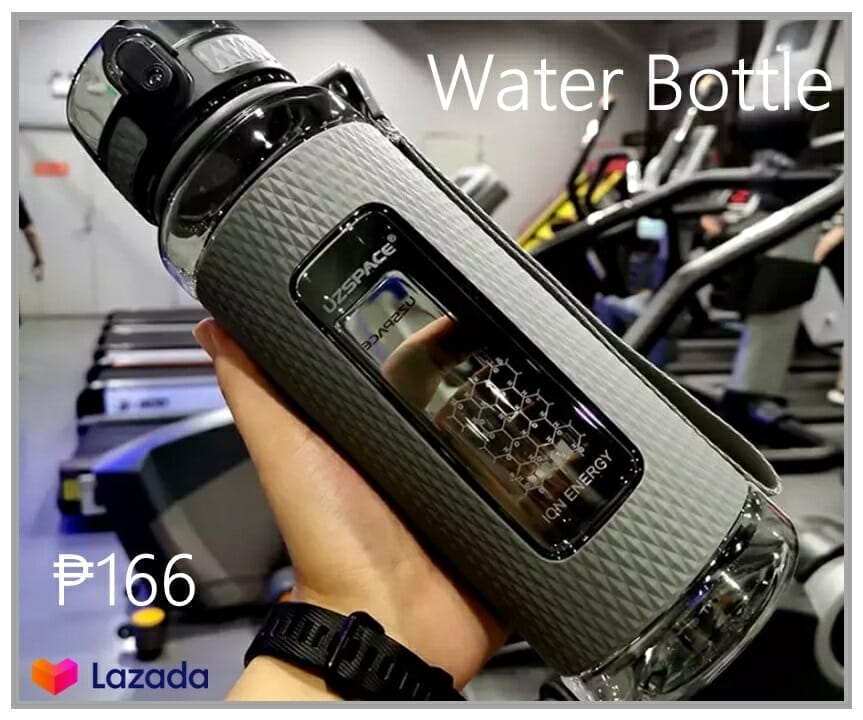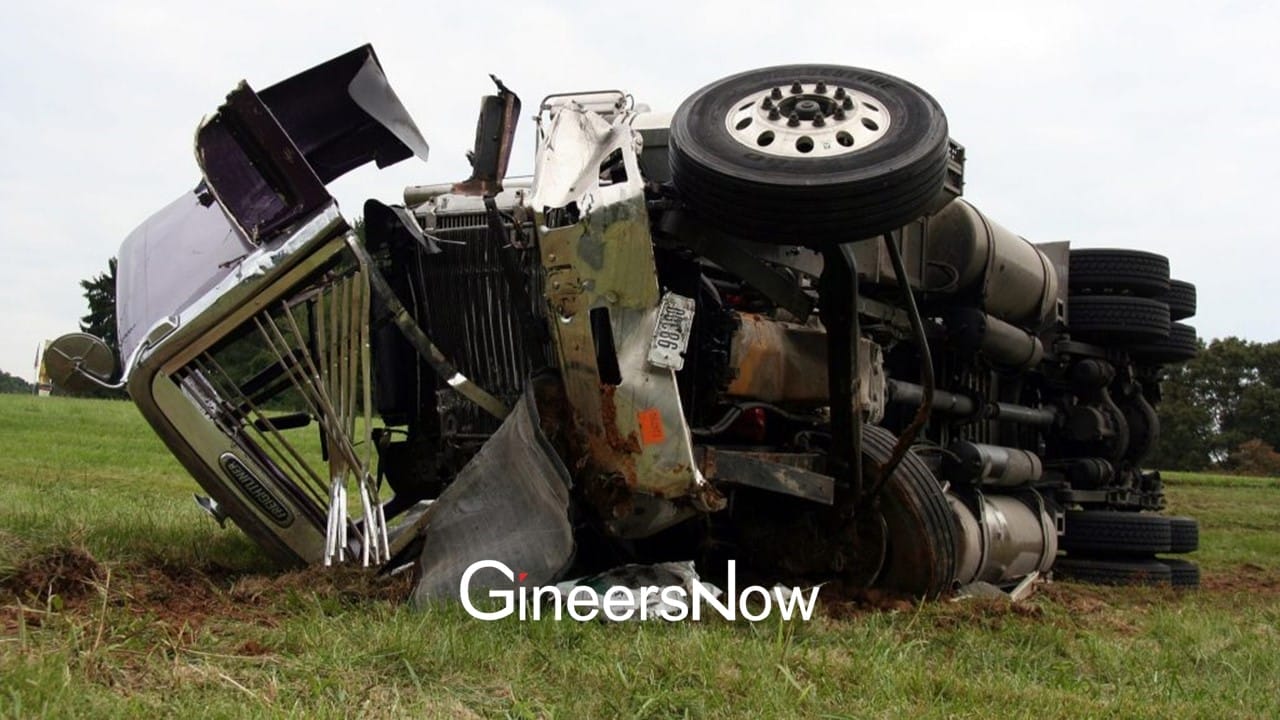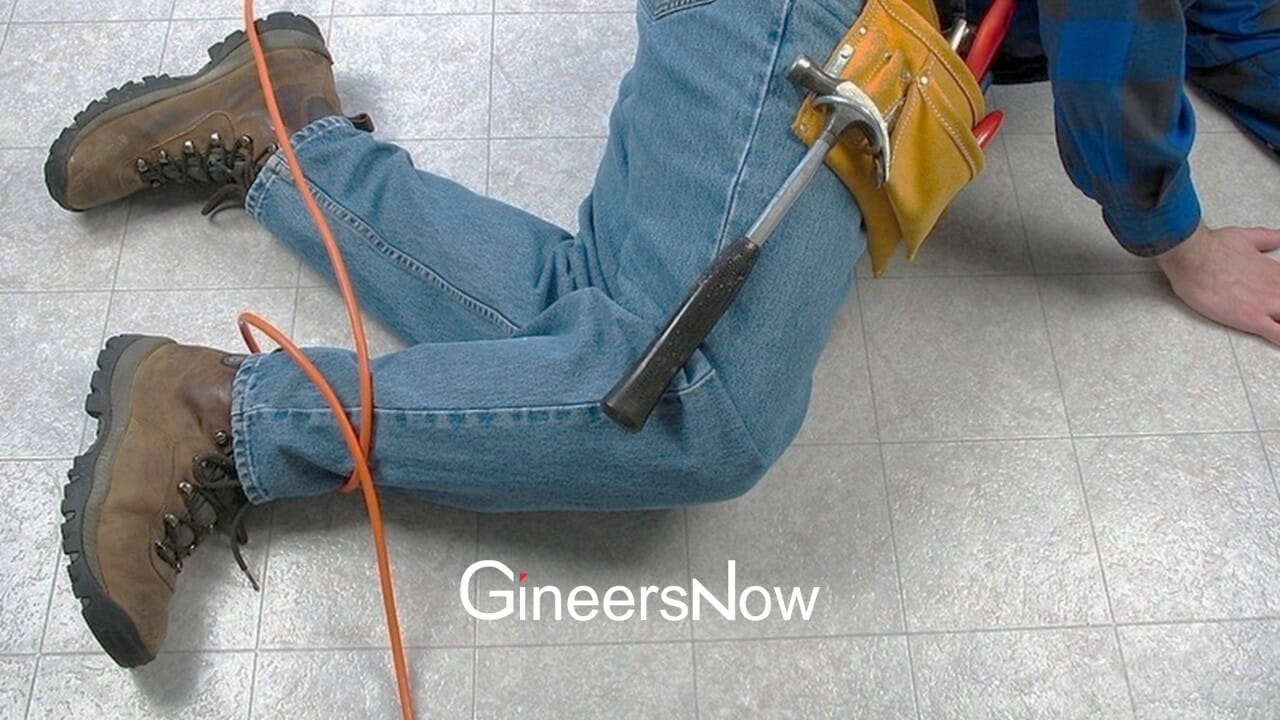Brake Failure
Brake failure while driving is among the scariest and most fraught with the danger of any type of break-down.
When a brake failure happens while driving, how the driver reacts is critical to stopping the car safely without causing an accident. The good news is that even with a total brake failure, following the correct steps and making the right decisions can prevent catastrophe. Today, we will discuss the types of failures that can happen to a braking system while driving and the best options drivers have for getting out of a bad situation.
The Basics: How Brakes Work
Braking systems on cars and light trucks have not changed very much in the last 80 years or so. The basic principle of automotive brakes relies on the friction made by a brake pad or shoe on a disc or drum brake. This friction causes the wheels to stop turning and the car to slow. The brake system is a hydraulic operation using a non-compressible fluid. The brake fluid creates pressure in the system when the driver applies the brake pedal. Because brake fluid does not compress, all four brakes engage simultaneously. The hydraulic brake system prevents pulling, jerking, and inconsistent brake performance.
For automotive brakes to function correctly, the brake shoes or pads must have plenty of braking material, the discs or drums must be free of gouges, and the brake fluid must be filled and in good condition. Different types of problems happen when any of these components fail.
Types of Brake Failures
The most dangerous brake failure of all is a total loss of braking ability. In almost every scenario, a total loss is the result of a leak in the hydraulic system. In classic cars built before the mid-1960s, it was common for manufacturers to use a brake master cylinder with a single reservoir that supplied hydraulic fluid to all four brakes. A leak in any part of the system could cause the vehicle to lose all braking ability. Since then, manufacturers use a master cylinder with separate reservoirs for the front and rear brakes. The dual reservoir prevents the loss of all braking ability when a leak occurs.
What To Do When There is a Leak
The first thing drivers of newer cars will notice when a brake fluid leak happens is a drastic reduction in braking. Leaks to the front brakes are more dangerous, as the front usually supplies about 70-80% of braking efficiency. If the driver is in an old car with a single master cylinder reservoir, they will have no brakes at all.
When a leak happens, the best thing a driver can do is to get the car off the road as soon as possible. If the brakes are working a little, allow the vehicle to slow down as much as possible using the brakes as little as possible until the car has stopped. If the car has lost all braking ability, get the car slowed down as much as possible using low gear on the transmission, then gently apply the emergency parking brake. Parking brakes operate mechanically and will work without fluid. Drivers must be careful to apply the brake gradually and from as slow a speed as possible to prevent locking the rear tires which can result in a spin-out and a roll-over accident. Do not turn the engine off before stopping the car, especially in an automatic transmission car. Shutting the engine off can cause the transmission to lock up, damaging components and possibly causing an accident.
Causes of a Shaking Pedal or Steering Wheel
Brakes that are in poor condition will get hotter faster than good brakes. Excessive heat from thin pads or shoes or excessive wear on the rotor or drum creates more heat than the system can handle. When too much heat happens, the rotor or drum can become out of round. That is why the steering wheel or brake pedal vibrates or shakes when braking. Drivers experiencing vibration should replace defective components as soon as possible and should avoid driving the vehicle until repairs are made. Excessive heat and vibration can cause a total failure of the brakes if left in disrepair.
If the brake pedal or steering wheel starts to shake when driving, the best course of action is to pull off the road. After the brakes have cooled down, the car can be driven but will begin having problems as soon as the brakes are used again. Drivers can use lower gears on the transmission to aid in slowing the vehicle. Severe vibration and loss of brake efficiency are very dangerous. Drivers can use the parking brake to bring the car to a stop if the brakes have failed. Do not use the emergency brake until the car is going as slow as possible and apply the brake gradually to prevent a spin-out.
Burnt Odors: Causes, Consequences, and Solutions
When brake fluid gets too hot, it will burn. The odor of burning brake fluid is distinct but hard to describe. The fluid in the brake reservoir should be clear, if it is brown or black, then the driver knows the fluid has been overheated. Overheated fluid should be flushed and replaced. When brake fluid is overheated, it does not perform as well. Residual moisture can be vaporized, creating air bubbles in the brakes which prevent the system from building pressure. If the brake fluid is burnt, the entire brake system should be carefully inspected to identify the problem and fix it before driving the vehicle.
Regular Maintenance and Inspection to Prevent Failure
Brake pads on disc brake cars have a wear indicator built-in. The indicator is a small metal strip on the pad. When the brakes have worn excessively, the metal strip will drag on the rotor, causing a squealing sound. If drivers hear that sound, it’s time to buy new pads. Drum brake cars will also begin making tremendous amounts of noise when the shoes are overly worn.
At least twice a year, drivers should remove all four wheels and inspect the brake components. Disc brake cars will have two pads for each brake. They are visually inspected by looking through the top of the caliper with the wheels off. When in doubt, a quality repair manual for the vehicle will provide you with all the specifications you need as well as detailed procedures. Replacing pads is an easy DIY job. The rotors should be inspected for grooves, cracks, and hot spots. If any of these things are seen, the rotors should be turned -a process that smooths and flattens the surface, they should be replaced with new parts.
Brake fluid should be regularly inspected when checking oil and other fluids. The reservoir will indicate a Low and Full level. The fluid should be at the full line or between the two marks. Always use a new, unopened bottle of brake fluid to top off the system. Brake fluid absorbs water from the air and can cause burnt fluid if too much water has absorbed.
Drivers should also inspect brake lines for leaks. Each brake has a metal line running from the master cylinder to the brake. Between the brake and the metal line, there is usually a rubber line that should be looked at for cracks and leaks. Replacing brake lines is an easy task, but drivers should be prepared to flush the brake fluid at the same time.
Last Words
Regular inspection of braking components will prevent unexpected failures in most situations. If the brakes fail in a vehicle, drivers must react calmly to safely stop the vehicle without causing an accident. Following the tips above can get drivers out of dangerous situations where the brakes have failed. A repair manual for the vehicle is a great way to start learning about the brake system, it’s components, and how to correctly inspect and repair problems before a major break-down happens.



















